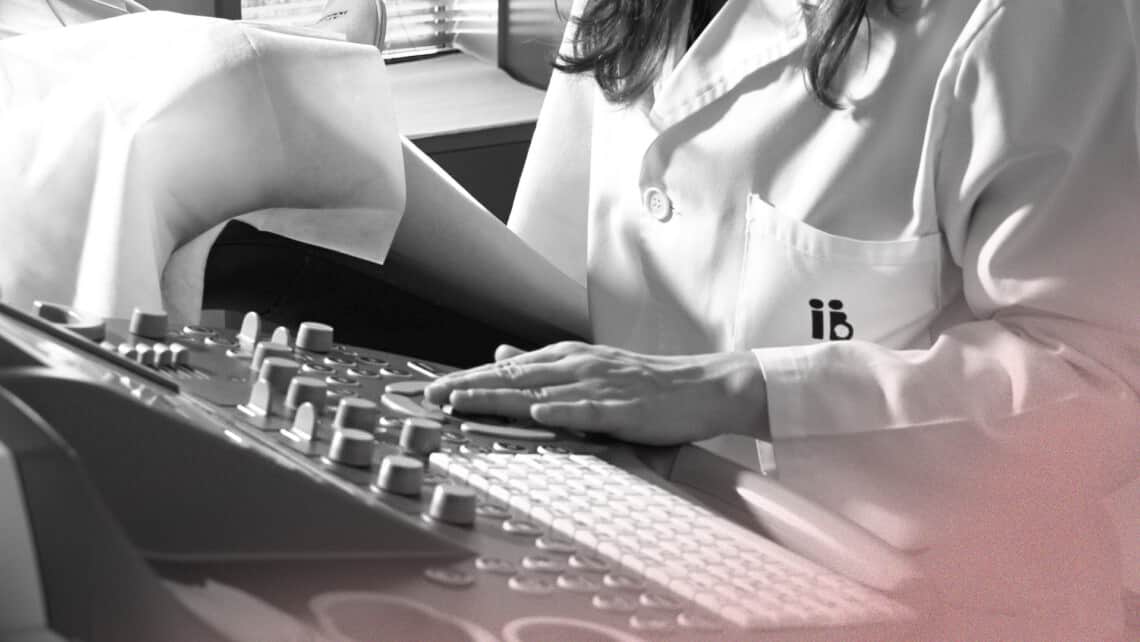
Ovarian stimulation: What is it? Are there any risks involved?
During the first few days of a period, a complex process takes place in the ovaries. The first step is to gather and initiate development in several follicles that contain eggs. Following this, only one egg is selected and it then develops. A mature egg is released during ovulation.
Índice
What is ovarian stimulation and how does is work?
Ovarian stimulation consists of administering medication which contains hormones that stimulate multiple selection and development of multiple follicles by the ovaries. The aim is to achieve an adequate quantity of eggs that are suitable for assisted reproduction techniques. The process is also known as controlled ovarian stimulation.
There are many available forms of medication and also many methods (stimulation protocols) and administration methods. Subcutaneous injection is the most commonly used. Hormones for ovarian stimulation are generally given during the first few days of a period. They are accompanied by medication to ensure that the follicles do not ovulate of their own accord once they have developed. They are prepared for collection during transvaginal ovum retrieval.
How is the ovarian stimulation treatment done?
Instituto Bernabeu always individualises treatment protocols according to the different patient’s conditions. Such as age, ovarian morphology, body mass, hormone analytics and previous treatment’s stimulation answer among others. In addition, we apply genetic tests (IBgen FIV for low ovarian reserve cases or IBgen RIF for implantation failure cases). To designed the personalised medication protocols (gonadotropin type and the most adequate doses to the genetics profile) according to the patient’s genes individualised study results.
During the whole process, gynaecologist will perform regular ultrasound scans and possible blood tests to control the follicles growth and maturity and, if required, be able to modulate medication doses according to evolution. When follicles reach suitable size (more than 17 mm), hormone hCG will be administered to trigger the oocytes final maturation and its ovulation. This is when we will retrieve the eggs and will fertilize them in the embryology laboratory.
Ovarian stimulation lenght
It usually starts in the second or third menstruation day and ends abut day 14 on regular cycles. Whilst stimulation, the woman is injected everyday with the hormones involved in the reproduction regulation, the gonadotropins (FSH and HMG).
Ovarian Stimulation medication
There’s a variety of drugs available and also many different administration ways and methods (stimulation protocols); the most used method is the subcutaneous injection. Ovarian stimulation hormones may originate during the first menstruation days. They usually go along with medication so the follicles don’t spontaneously ovulate once they are fully developed and can be captured in the ovarian puncture.
Hormones can be administered by subcutaneous or intramuscular injection. Depending on the medication protocol stablished by the specialist.
Are there any risks involved?
Ovaries increase in size during ovarian stimulation as a result of the numerous follicles developing inside. An ovary is around the size of an almond. Following ovarian stimulation, in some cases it can reach up to the size of an orange. As a result, many women suffer from pain in the abdomen or slight swelling and discomfort in the lower belly. This growth can also lead to the ovary to twist back on itself and this causes ovarian torsion. It is a medical emergency and it is, therefore, advisable to avoid sudden movements (for example, going to the gym, jumping, sexual intercourse) towards the end of the period of ovarian stimulation and just after it.
A very severe ovarian response to stimulation can lead it to develop one of the most serious complications in reproductive medicine: ovarian hyperstimulation syndrome. However, the use of protocols and specific medication means that nowadays it is possible to prevent this condition in practically 100% of cases.
Adequate evaluation of each case, personalised treatment procedures and methodical selection of the medication to be taken are key in ensuring optimum ovarian stimulation results and an end result of sufficient eggs for carrying out assisted reproduction techniques whilst, at the same time, minimising risks for patients.
Dr Juan Carlos Castillo & Dr Paolo Cirillo, gynaecologists at Instituto Bernabeu.
MORE RELATED INFORMATION
- Double stimulation: is it possible to recover more oocytes in patients with low ovarian reserve?
- In Vitro Fertilization (IVF)
- Does ovarian stimulation for in vitro fertilisation treatment increase the risk of gynaecological cancer?
- Fertility Treatment Medication
- Egg freezing
